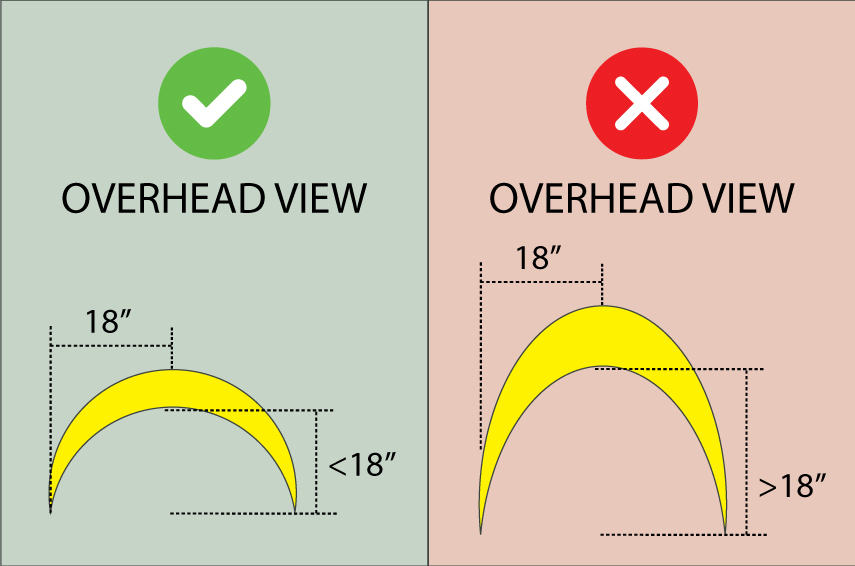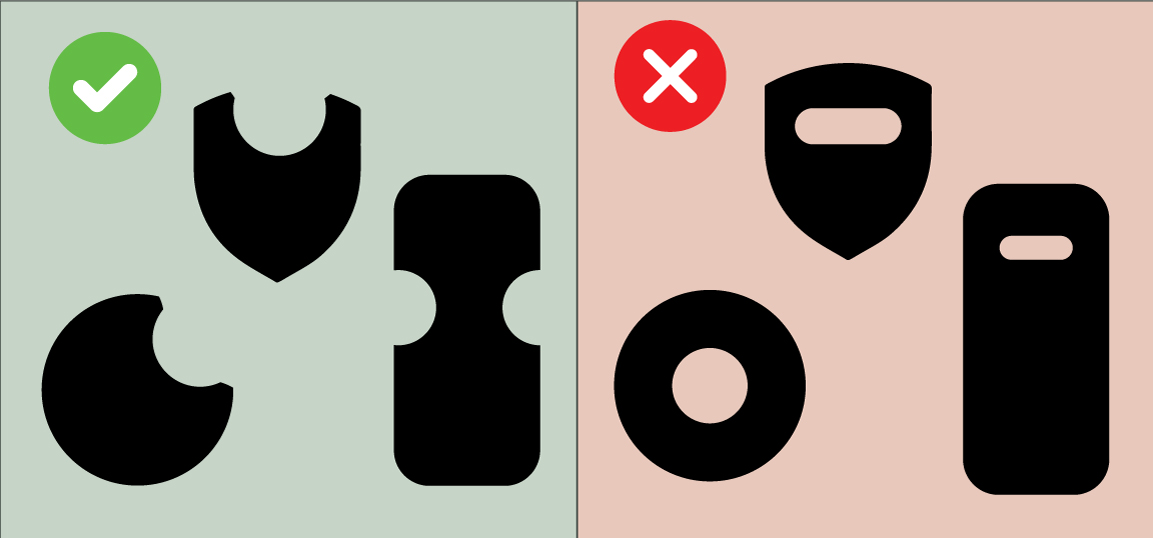V9: Shields
From AmtWiki
This page is part of the Official Amtgard V9 Alpha-Playtest Rulebook.
- The Amtwiki is the official home and primary source for Amtgard V9 Rules as of February 25, 2023.
- These rules are currently in Open Alpha Playtest. See the Playtest Disclaimer for more details.
- To learn more about Amtgard V9 Development, please visit Amtgard.com.
- To view the current Amtgard V8 ruleset, please see the Amtgard V8 Rulebook.
Shields
Shields are used to block strikes from weapons.
- They can only be affected by strikes and effects that specifically affect shields, such as Shield Crushing and V9: Shield Destroying.
- Players may only ever wield a single Shield at a time, however they can be wield a shield simultaneously in the same hand as any another piece of equipment except for a Bow or Crossbow.
- Shields with straps are only wielded when worn on a single arm or held in hand. They cannot be wielded while worn like a backpack or strapped to other parts of the body such as the torso, legs, hip, or head.
- If a player cannot easily remove or discard their shield when necessary, such as due to it being strapped to their arm, then they must do their best to keep it out of combat and must not derive an gameplay advantage from it. A shield strapped to a wounded arm counts as an Illegal Obstruction.
Developer Note: The fate of the V8’s Shield Drop Trick is in the air right now. It does not currently interact with any Militia-level rules so we are withholding our plans for it until we release the class rules.
Shield Construction Rules
- Shields must meet the Universal Equipment Requirements.
- May be constructed in any style or shape but cannot be made in such a way as to mimic the function of worn armor, such as shields that excessively wrap around a limb or shields that are precisely shaped to a body part.
- Must have a sturdy structural core that will not break or bend significantly during the course of combat.
- Some acceptable materials are: plywood, high-impact plastics, aluminum, and sturdy, high-density, closed-cell foam.
- Easily breakable or low-density foams are inappropriate for use as the structural core.
- The rim and face of the shield must be padded with at least 1” of closed cell foam. Shields made entirely of foam do not require additional padding but must be composed of closed-cell foam that is at least 1” thick.
- Curved/Domed shields (and similarly recessed shapes) may not curve or recess inwards more than half its width.
- The rim and face must have an opaque, durable covering. This may be a non-abrasive rubber coating (or non-latex equivalent) so long as it does not compromise the purpose of the padding, such as by making it too firm.
- The face of the shield may not have holes that exist entirely within a silhouette of the shield.
- If the shield has a handle, must be clearly identifiable as a handle.
- All rigid or sharp-edged hardware must be rounded off or padded in such a way that there are no burs or snags which could damage objects or players.
- Hard edges may not be exposed on any surface which can reasonably come into contact with another player or their equipment.
Save time during Equipment Inspections: Shields sizes are determined by surface area. Due to the tedious area math required for some shield shapes, like a heater or kite shield, these measurements may be difficult to reconfirm during equipment inspection in a timely manner. You can help your equipment inspectors by keeping proof of your math handy in case they need it. Most inspectors will trust you at your word but it is not unfair for them to want to check your math every now and then. Help them help you!.
There are five sizes of shield: Buckler, Small, Medium, Large, and Tower.
V9: Shield Gameplay Rules V9: Shield Construction Rules
Shields Bucklers · Small Shields · Medium Shields · Large Shields · Tower Shields
General Rules · Construction Rules
Equipment Equipment Basics · Equipment Use Terms · Weapons · Shields · Armor · Color Code · Visual Indicators


